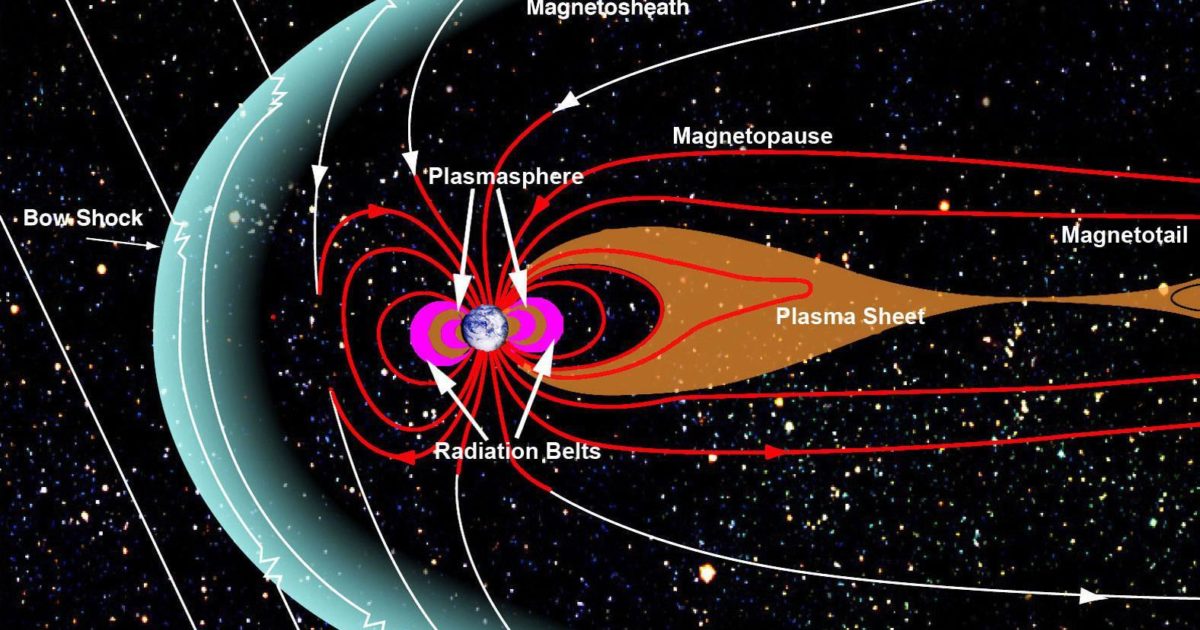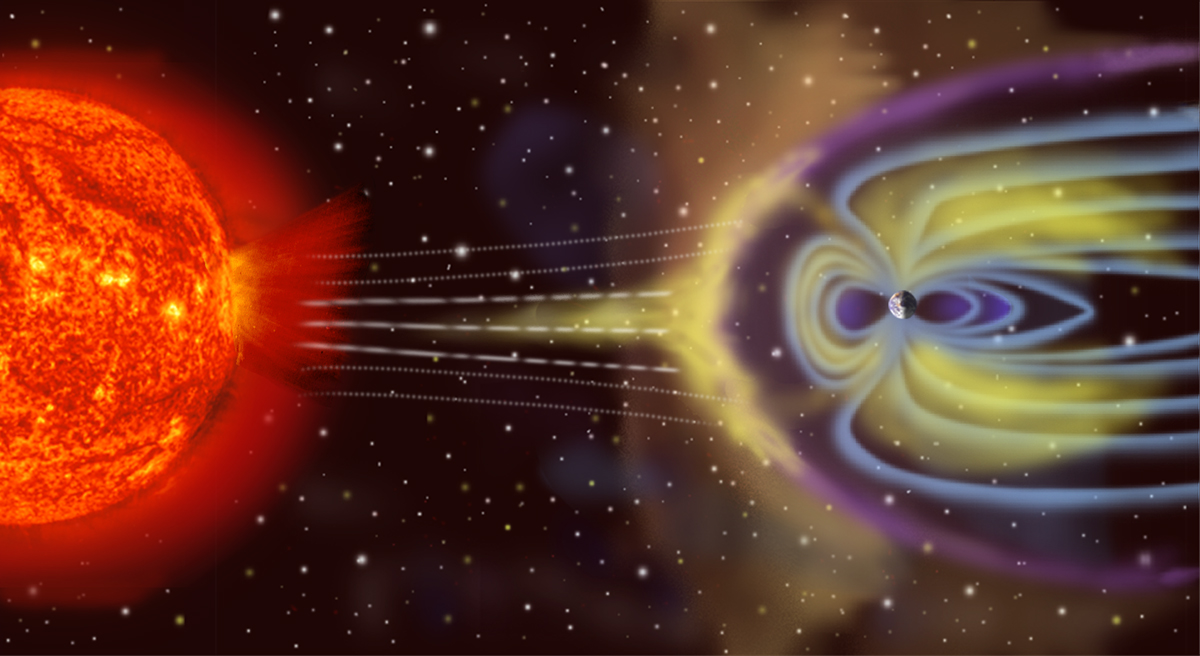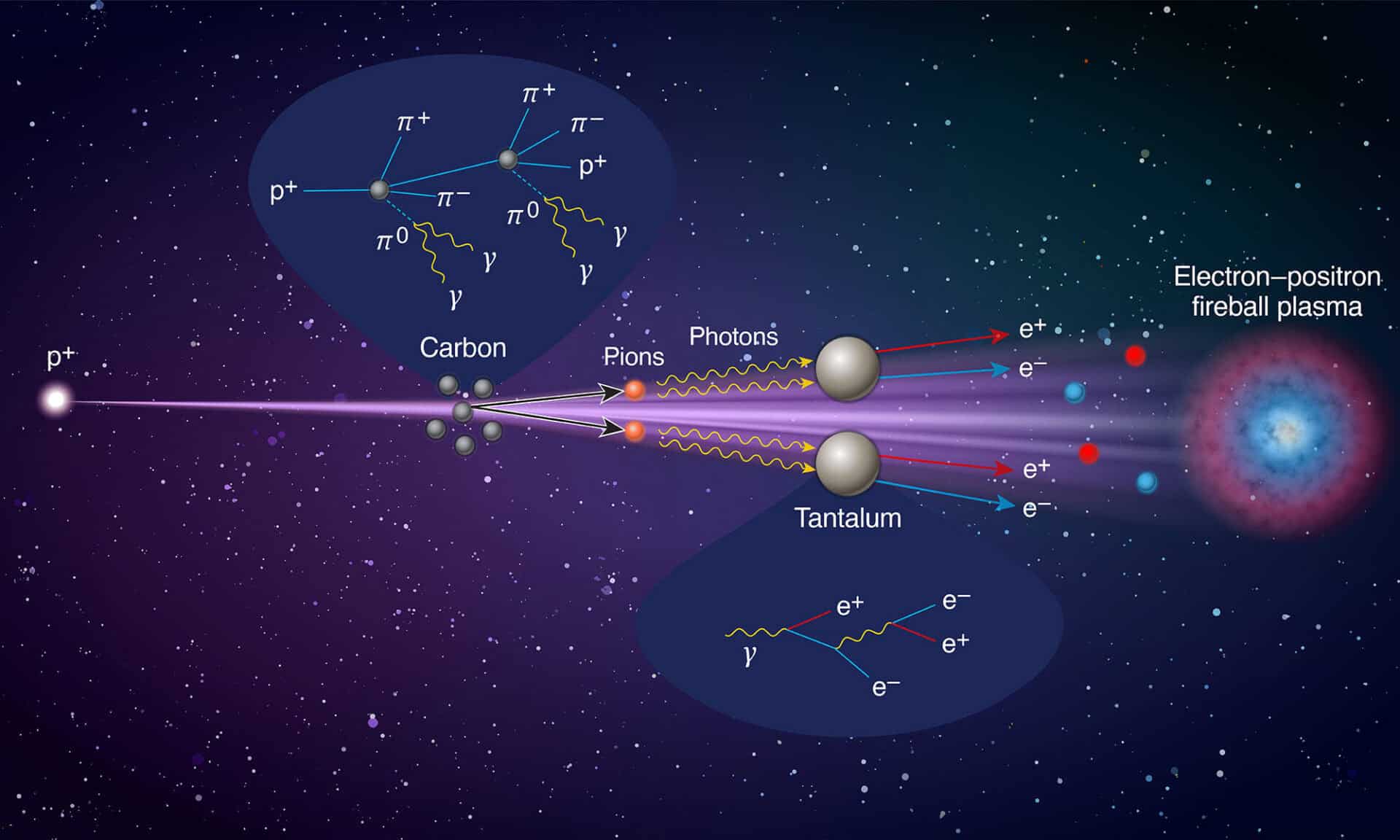Exoplanets are planets that orbit stars other than our Sun. The discovery of exoplanets has revolutionized our understanding of the universe and the potential for life beyond Earth.
History of Exoplanet Discovery
- Early Speculations: The existence of exoplanets was theorized for centuries, but it was not until the 1990s that the first confirmed discoveries were made.
- Technological Advancements: Advances in technology, such as radial velocity and transit methods, have made it possible to detect exoplanets with increasing sensitivity.
Types of Exoplanets
- Hot Jupiters: These are gas giant planets that orbit their stars very closely, often within a few days.
- Super-Earths: These are rocky planets that are larger than Earth but smaller than Neptune.
- Mini-Neptunes: These are gas giant planets that are smaller than Neptune.
- Sub-Earths: These are rocky planets that are smaller than Earth.
Habitability and the Search for Life
One of the most exciting areas of exoplanet research is the search for habitable planets. Scientists are looking for planets that are in the habitable zone of their star, where liquid water could exist. They are also studying the atmospheres of exoplanets to look for signs of life.
Challenges of Exoplanet Research
- Detection Limitations: Current detection methods have limitations, making it difficult to detect smaller and fainter exoplanets.
- Characterization: Characterizing exoplanets, such as determining their mass, size, and atmospheric composition, is a challenging task.
- Distance: Many exoplanets are located hundreds or thousands of light-years away, making it difficult to study them in detail.
The discovery of exoplanets has opened up new possibilities for understanding the universe and the potential for life beyond Earth. As technology continues to advance, we can expect to make even more exciting discoveries in the field of exoplanet research.
Would you like to learn more about a specific type of exoplanet or the challenges of searching for habitable planets?



